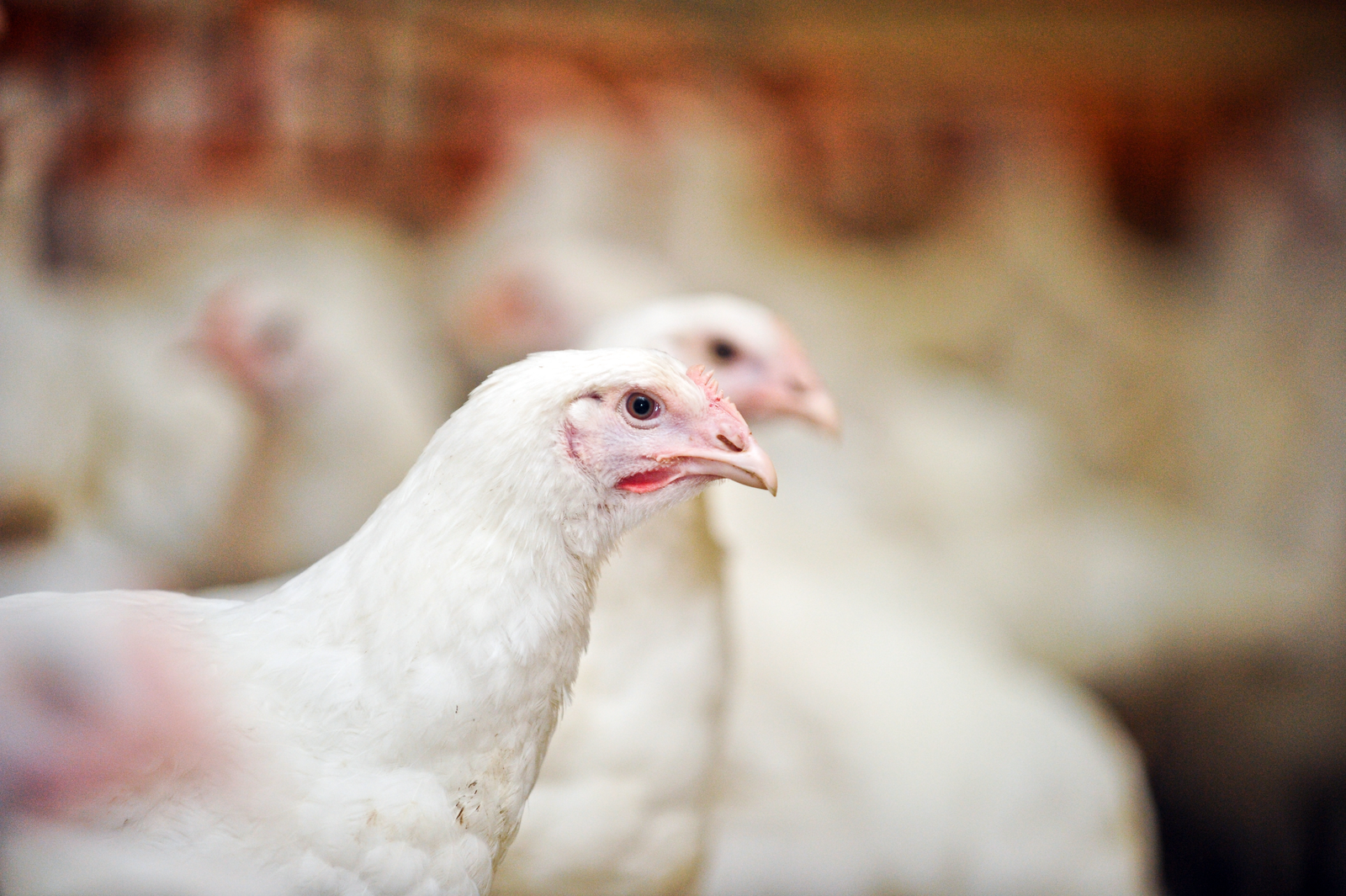Enyzme combination and microbial tested in broilers

A study by Iowa State University in the US looked at the effects of exogenous protease and phytase combination (PP) and direct-fed microbial (DFM) on ileal digestibility of several nutrients.
Supplementation of broiler diets with exogenous enzymes results in increased dietary energy and protein utilisation through increased substrate availability. The amount of anti-nutritive factors such as non-starch polysaccharides, protease inhibitors, lectins and phytate present in a corn-soybean meal (SBM)-dried distillers grains with solubles (DDGS)-based diet presents an ideal opportunity to use exogenous enzymes.
Combination of enzymes and direct fed microbial
2 experiments were conducted to determine the effects of exogenous protease and phytase combination (PP) and direct-fed microbial (DFM) on the apparent ileal digestibility coefficient (AIDC) of starch, crude protein (CP) and amino acids (AA), N retention and N corrected apparent ME (AMEn). Secondly, the researchers wanted to know whether PP and DFM affect the nutrient digestibility and utilisation, including ileal brush border activity of digestive enzymes – maltase, sucrase and L-alanine aminopeptidase (LAAP), and concentration of cecal SCFA such as acetate, propionate and butyrate.

Also interesting: Potential for duckweed in broiler feed
Duckweed as a potential source of protein for broilers was the subject of a study by the University of Jordan, Jordan. The conclusion was it can be grown in Jordan and can make a safe poultry feed.
Both additives increased digestibility
The experiments showed a significant interaction (P≤0.01) between PP and DFM on the apparent ileal digestibility coefficient for starch, crude protein, and amino acid indicated that both additives increased the digestibility. Both additives increased the nitrogen retention coefficient with a significant interaction (P≤0.01). Although no interaction was observed, significant main effects (P≤0.01) for nitrogen-corrected apparent ME (AMEn) for PP or DFM indicated an additive response.
Complementary mechanisms
In the follow-up experiment, the researchers showed that activities of ileal brush border maltase, sucrase, and L-alanine aminopeptidase were increased (P≤0.01) by PP addition, while a trend (P = 0.07) for increased sucrase activity was observed in chickens fed DFM. The proportion of cecal butyrate was increased (P≤0.01) by DFM addition. Increased nutrient utilisation and nitrogen retention appear to involve separate but complementary mechanisms for PP and DFM, however AMEn responses appear to have separate and additive mechanisms.
The full study, published in PLOSone can be read here











